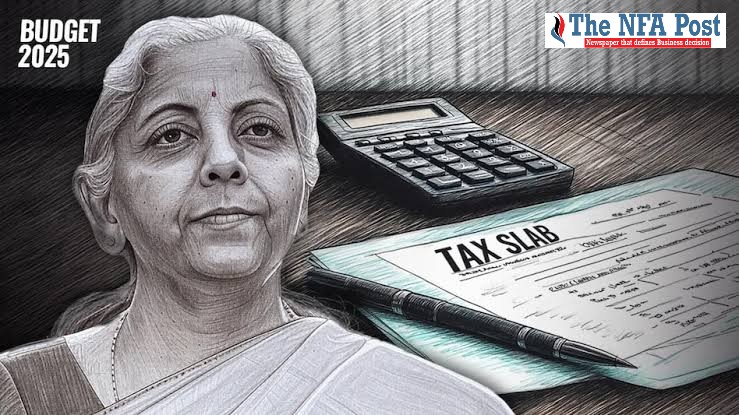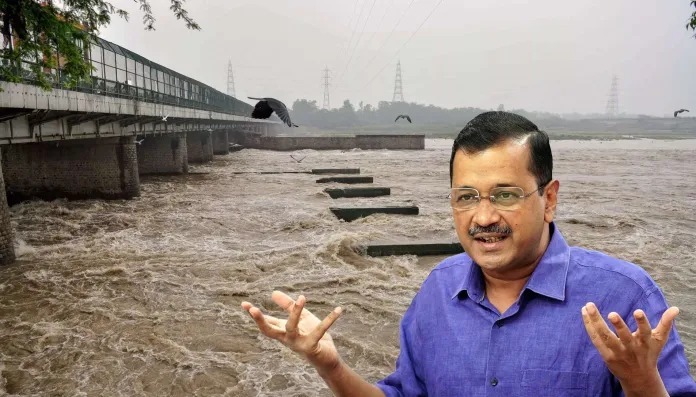The usual suspects have once again reacted to this budget like blind men assessing an elephant—each interpreting it through their own limited perspective. But if we look at this budget with open eyes, it is clear that it brings significant benefits. To me, this budget is not just another financial exercise; it is a strategic move that aligns with Prime Minister Narendra Modi’s vision of *Viksit Bharat 2047* and takes bold steps to address India’s economic concerns.
One of the biggest debates in economic circles has been whether consumption or private investment should come first in tackling India’s slowdown. The slowdown in our economy has largely been a result of decreased consumption. When people lack disposable income, they cut back on spending, leading to reduced demand and, ultimately, a slowdown in investments. The solution has always been simple—put more money in people’s hands, and both consumption and investment will follow. This budget does precisely that.
For the past decade, the middle class has waited for real tax relief. Every year, expectations were raised, only to be met with disappointment. The demand for an income tax exemption up to ₹5 lakh had been around for years, but no government addressed it meaningfully. Now, the Modi government has gone beyond expectations by exempting income up to ₹12 lakh per annum under the new tax regime. This is a landmark decision. For the first time, the middle class has been given the financial breathing room to either spend or invest. What makes this move even more significant is that it has been done without increasing taxes elsewhere—a rare fiscal decision that ensures the benefits are not offset by additional burdens.
When the budget was first announced, many feared a reduction in capital expenditure (capex), and I too was concerned. However, as the details emerged, it became clear that capex has not been cut—it has actually increased slightly. The confusion arose because last year’s allocation was not fully utilised due to the Lok Sabha elections. This year’s allocation, therefore, reflects a more practical approach, ensuring that infrastructure development continues without unnecessary inflation of figures.
A major highlight of this budget is its focus on job creation. The ₹10 lakh insurance cover for gig workers is a significant step towards inclusive growth, embodying the *Antyodaya* philosophy—ensuring that even those at the margins of society benefit from government policies. Shipbuilding, a sector with massive job potential, has been given infrastructure industry status, which will open up new employment opportunities. The government has also doubled the credit guarantee for MSMEs, making it easier for small businesses to access finance and grow.
Manufacturing has received much-needed attention. India’s economy is largely consumption-driven, with the services sector contributing over 50% to GDP. While this is a positive trend, the services sector does not generate as many jobs as manufacturing. Without a strong manufacturing base, exports remain uncompetitive, and the economy becomes overly dependent on domestic demand. This budget recognises the need to strengthen manufacturing, ensuring that Indian products can compete globally while also creating large-scale employment.
Tourism has also been prioritised, with plans to develop 50 major tourist destinations. This initiative will drive investments in hotels, transport, and infrastructure, creating jobs and boosting local economies. The decision to open up the nuclear energy sector for private investment is another forward-looking move that will attract fresh capital, spur technological advancements, and create high-skilled jobs.
Perhaps the biggest takeaway from this budget is its emphasis on reviving consumption. For the past four to five years, the government primarily focused on capex, expecting it to trigger demand. However, this approach did not yield the desired results. This time, the government has taken a direct approach by ensuring that money reaches people’s hands. This shift in strategy could be a game-changer.
One key impact of this budget will be seen in the Reserve Bank of India’s monetary policy announcement on February 7. With increased money flow in the economy, I expect the RBI to reduce interest rates. A lower interest rate will encourage borrowing, increase home purchases, and drive consumer spending, which in turn will boost demand across industries—from real estate to automobiles, construction to retail.
Real estate, in particular, stands to benefit immensely. As one of India’s largest employment generators, increased construction activity will drive demand for steel, cement, and related industries, creating a multiplier effect across the economy. The housing sector will receive a direct boost, and with more people willing to take loans for home purchases, the banking sector will also see increased activity.
This budget marks a clear shift in the government’s approach. Instead of waiting for infrastructure-led growth to trickle down, the government has taken proactive steps to put money directly into the hands of consumers. It is not just a policy shift but a recognition that economic growth must be demand-driven. This is why I believe this is the finest budget of the Modi administration so far. It is practical, well-balanced, and people-centric. Unlike past budgets that primarily focused on long-term growth, this one addresses immediate concerns while laying a strong foundation for the future.
The government has taken a big bet on consumption, and if executed well, this could be the turning point India’s economy needs. I, for one, believe it’s a bet worth taking.

B D Narayankar
Senior Journalist and UNI Bureau Chief South India
















